MOVING FROM IN-GATE TO OUT-GATE AND VICE VERSA
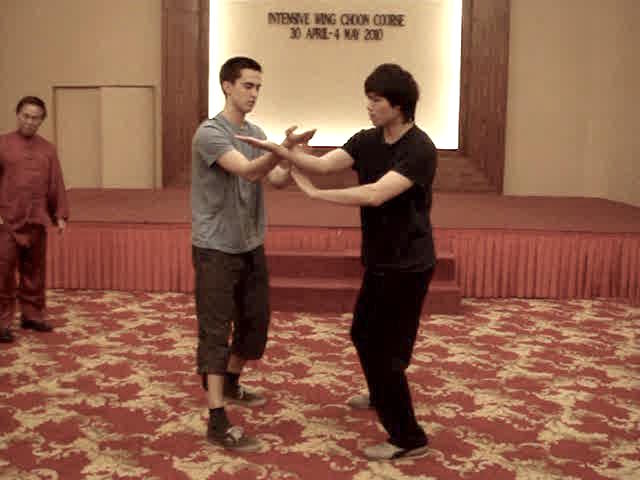
Max started from an in-gate position, but after circling and locking Jonathan's arms, he attacks Jonathan from the out-gate
In-gate and out-gate refer to our hands in relation to an opponent's hands. If our hands are within his hands, it is called an in-gate position; and if ours are outside his hands, it is an out-gate position. When we perform covering hands and strike him when our striking arm is above his arm, it is an out-gate strike. On the other hand, when we perform circling hands and strike him when our striking arm is within his arm, it is an in-gate strike.
However, we may start with an in-gate position and move to an out-gate strike. For example, we may be performing circling hands when we are in an in-gate position. Then using one hand to cover or lock an opponent's two hands, we then strike him with the other hand from an out-gate position. Why do we pay attention to being in-gate or out-gate? It is because we can gain various advantages if we know how to exploit these situations. Do you know how these situations are created and what advantages there are?

|
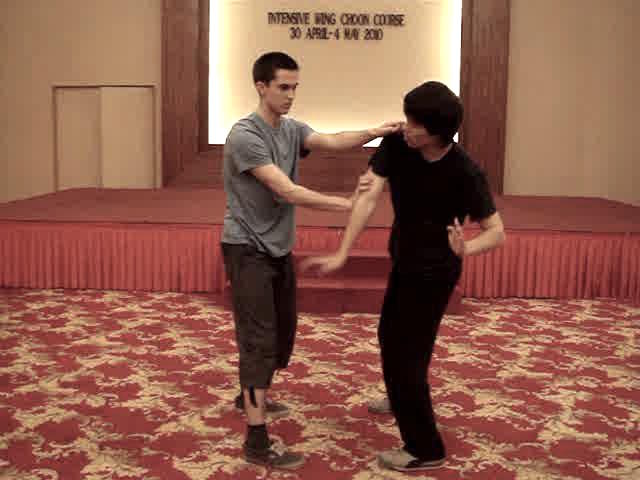
|

|
| Top Out-Gate | Top In-Gate | Sinking Bridge |
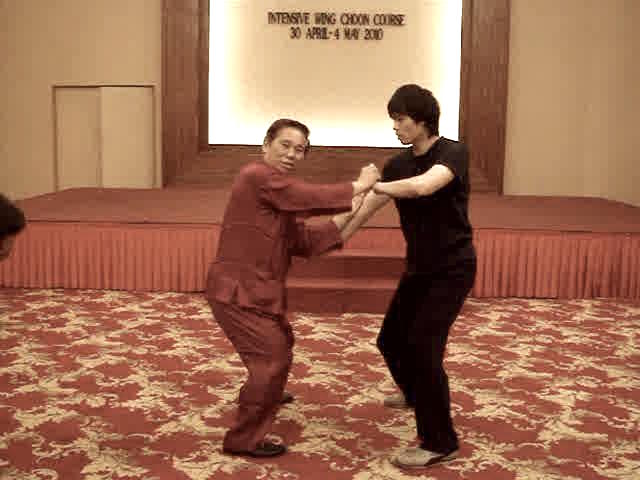
|
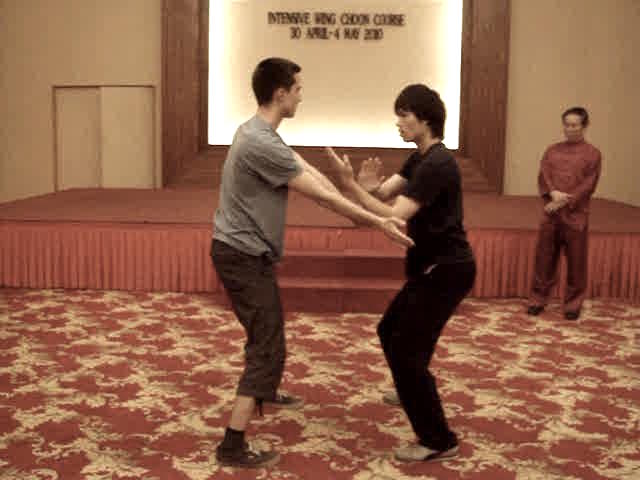
|

|
| Fine Points | Sinking Bridge | Middle Strike |
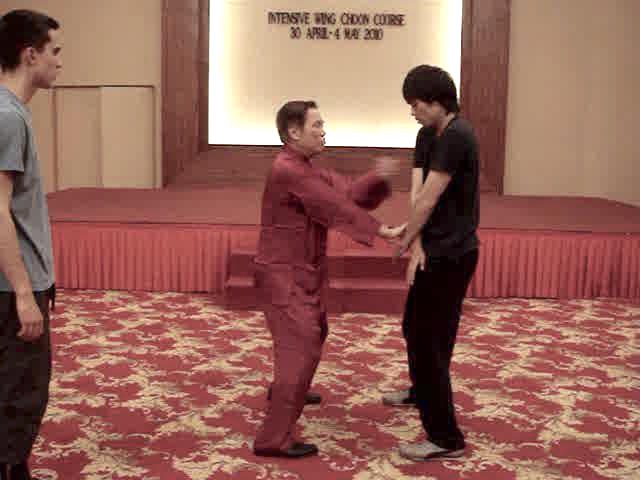
|
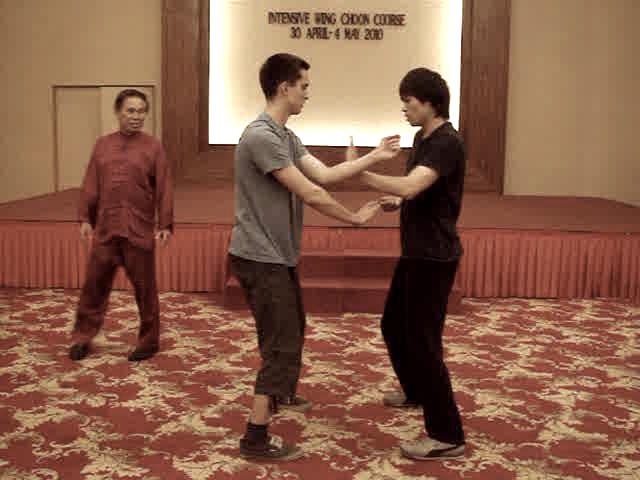
|
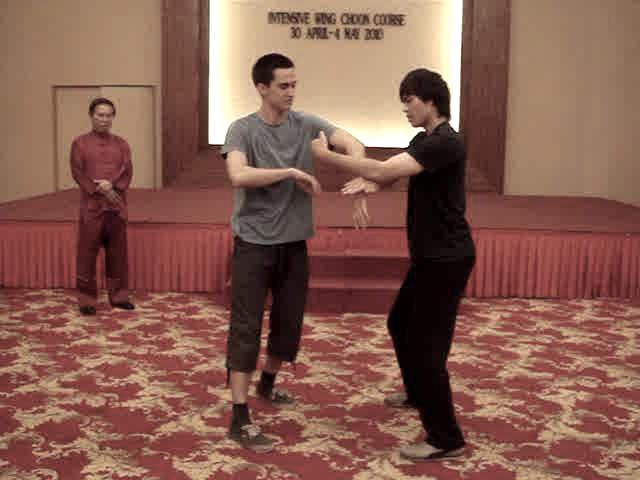
|
| Opening for Strike | Upper Arm | Supporting Hand |
LINKS
